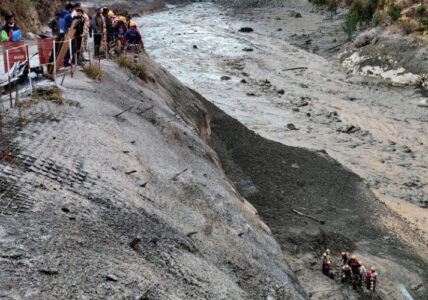February 9 Police in Uttarakhand, northern India, said on the 9th that the death toll caused by glacier rupture rose to 32.
Police say rescuers have found the remains of 32 victims from the scene of the disaster.
At present, only 7 bodies have been identified, and more than 150 people are still missing.
Indian Interior Minister Amit Shah said in Parliament on the same day that large-scale rescue operations are still under way.
Indian Prime Minister Modi and relevant departments are closely monitoring the progress of the rescue and will provide all necessary help for the rescue operation.
According to the Shah, the glacier fracture disaster affected an area of about 14 square kilometers.
The government has sent 450 policemen, five national disaster relief and emergency units, eight army rescue teams, one naval rescue team and five air force helicopters to participate in the rescue operation.
According to Indian media reports, the current search and rescue work is mainly concentrated on a tunnel about 1,700 meters long, in which dozens of missing persons may still be trapped.
Due to the accumulation of sludge and stones in the tunnel after the flood, rescuers have not made breakthrough progress despite digging day and night with heavy machinery.
A glacier fracture occurred in the Jamoli region of the Uttarakhand Pradesh on the morning of the 7th.
After the broken glacier fell into the Tauliganga River, the river burst and caused flooding.
The flood washed away two hydropower stations and some houses on the bank of the river.
About 150 workers working on the hydropower station and some local villagers disappeared, and traffic was interrupted in more than 10 villages.



